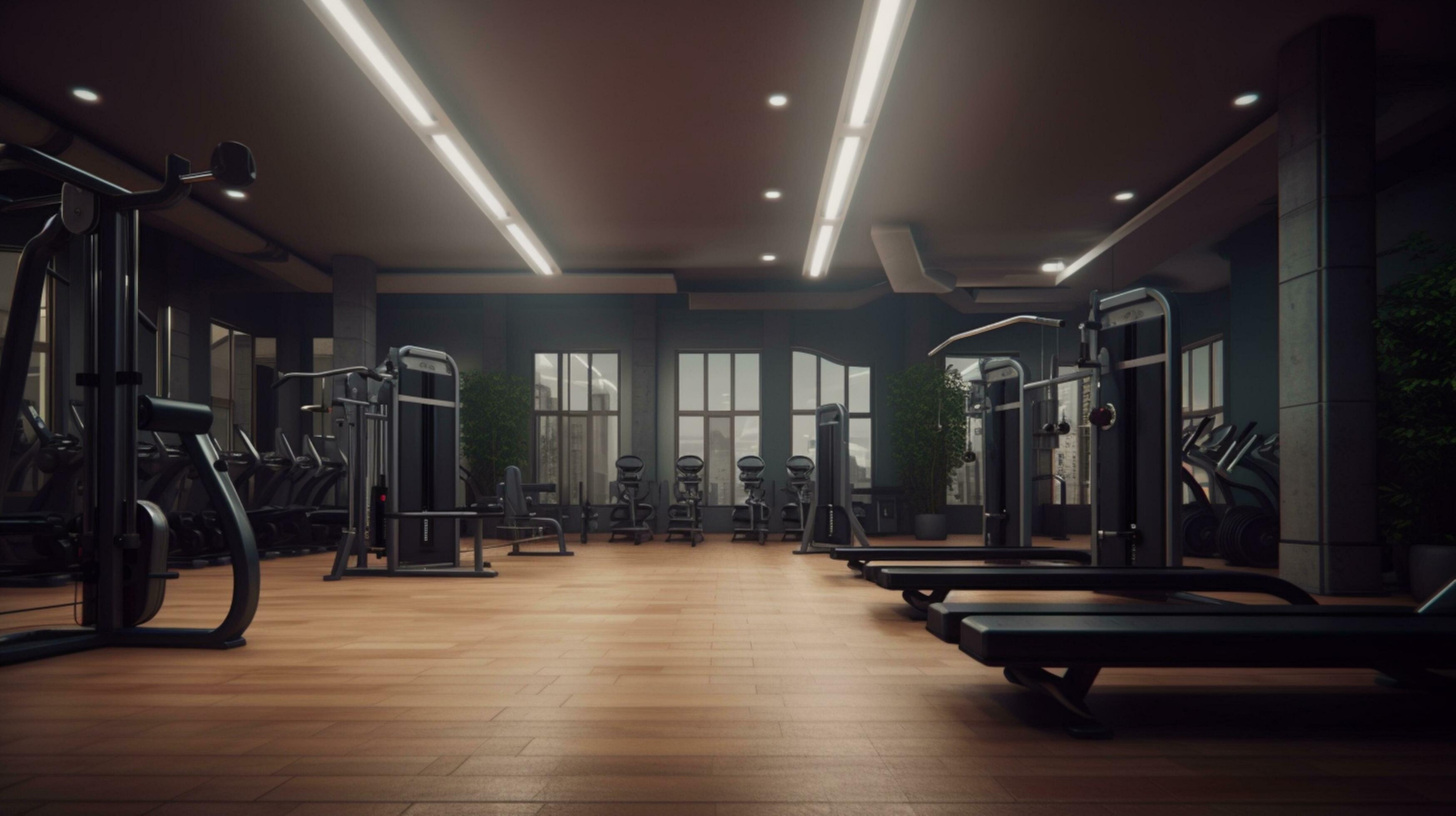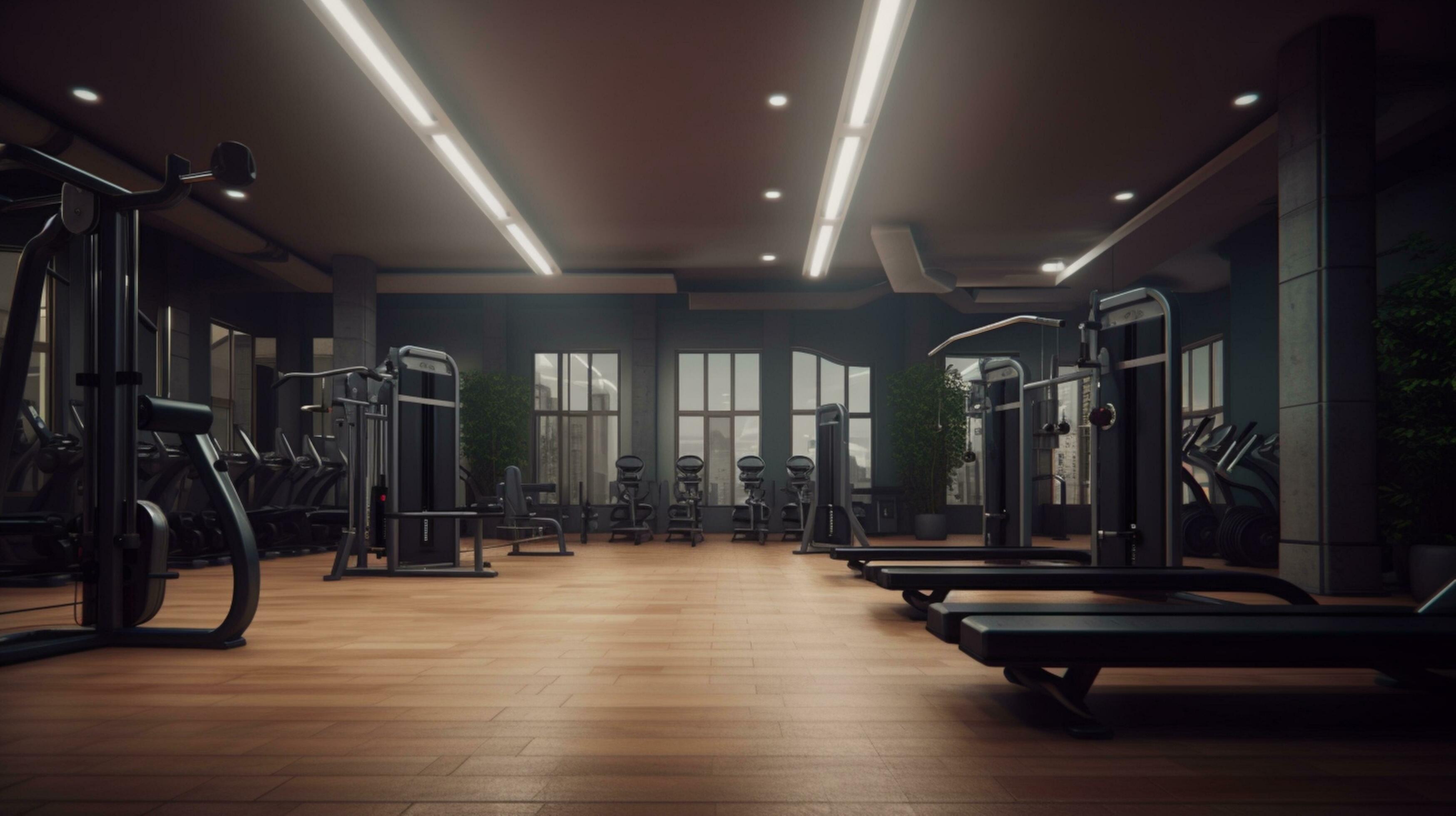-
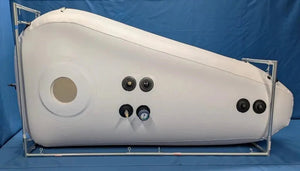
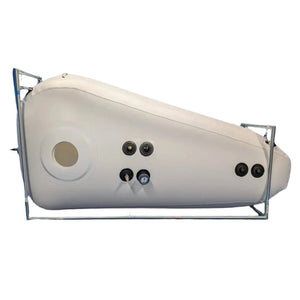
Newtowne Hyperbarics Long Shoe Hyperbaric Chamber
Regular price From $5,995.00Sale price From $5,995.00 Regular price -
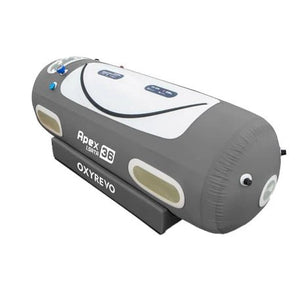
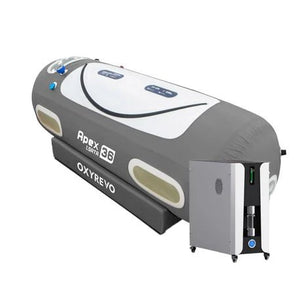
OxyRevo Apex36 1.5 ATA Portable Hyperbaric Chamber
Regular price From $8,999.00Sale price From $8,999.00 Regular price -

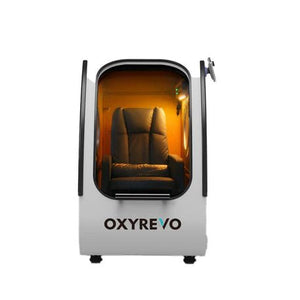
OxyRevo Space60 1.5 to 2.0ATA Hard Sitting Hyperbaric Chamber
Regular price From $42,999.00Sale price From $42,999.00 Regular price -

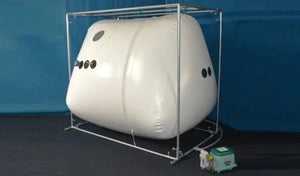
Newtowne Hyperbarics Tent Hyperbaric Chamber
Regular price From $8,995.00Sale price From $8,995.00 Regular price -
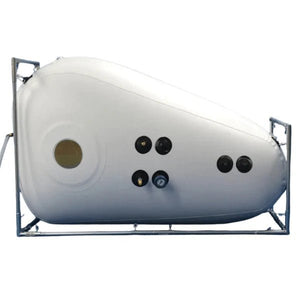
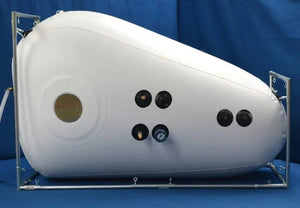
Newtowne Hyperbarics Shoe Hyperbaric Chamber
Regular price From $5,395.00Sale price From $5,395.00 Regular price -
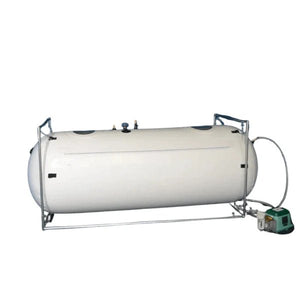

Newtowne Hyperbarics C4-40 Hyperbaric Chamber
Regular price From $9,895.00Sale price From $9,895.00 Regular price -
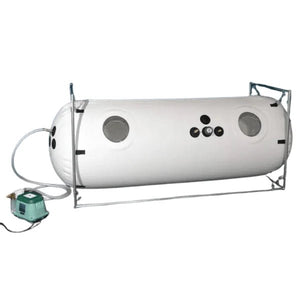

Newtowne Hyperbarics C4-34 Hyperbaric Chamber
Regular price From $6,295.00Sale price From $6,295.00 Regular price -
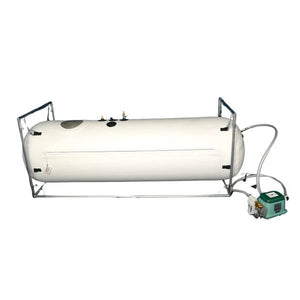
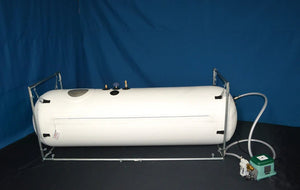
Newtowne Hyperbarics C4-27 Hyperbaric Chamber (80L compressor)
Regular price $4,495.00Sale price $4,495.00 Regular price -
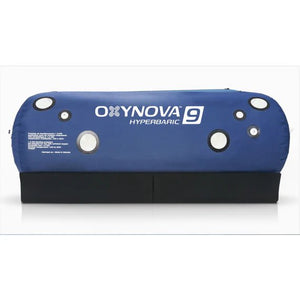
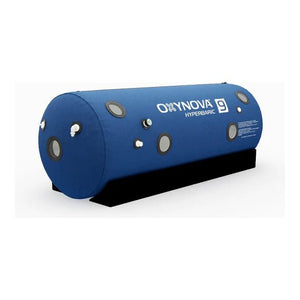
OxyNova 9 Hyperbaric Chamber
Regular price $34,500.00Sale price $34,500.00 Regular price -
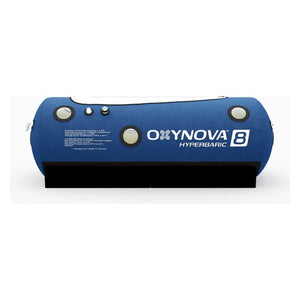

OxyNova 8 Hyperbaric Chamber
Regular price $28,500.00Sale price $28,500.00 Regular price -
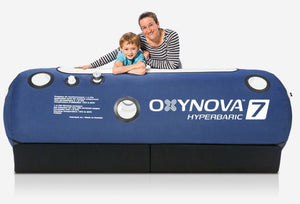
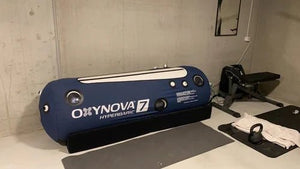
OxyNova 7 Hyperbaric Chamber
Regular price $25,500.00Sale price $25,500.00 Regular price -

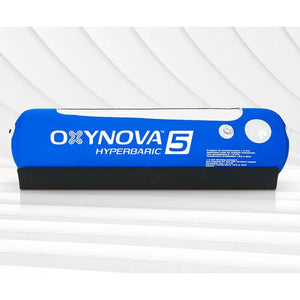
OxyNova 5 Hyperbaric Chamber
Regular price $18,500.00Sale price $18,500.00 Regular price -
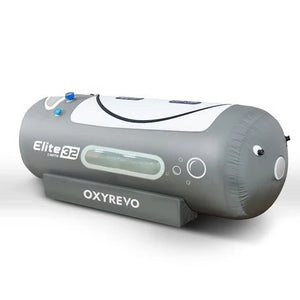
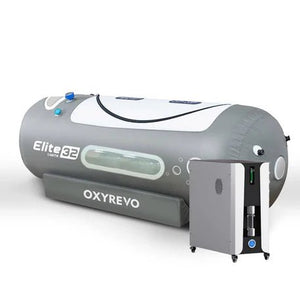
OxyRevo Elite32 1.4 ATA Portable Hyperbaric Chamber
Regular price From $7,499.00Sale price From $7,499.00 Regular price -
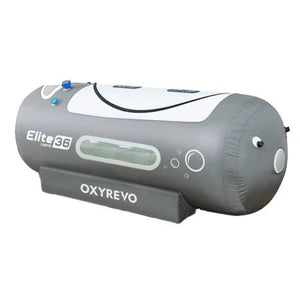
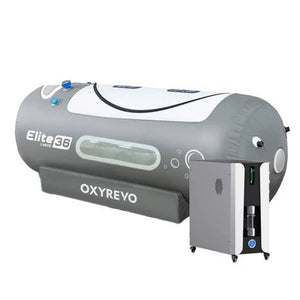
OxyRevo Elite36 1.4 ATA Portable Hyperbaric Chamber
Regular price From $7,999.00Sale price From $7,999.00 Regular price -
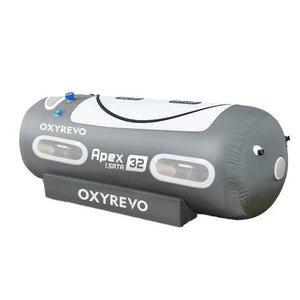
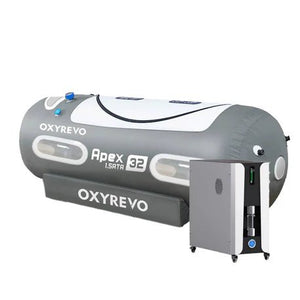
OxyRevo Apex32 1.5 ATA Portable Hyperbaric Chamber
Regular price From $8,499.00Sale price From $8,499.00 Regular price -
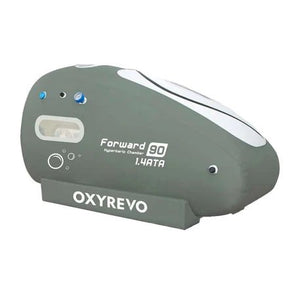
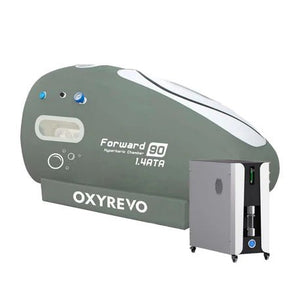
OxyRevo Forward90 1.4 to 1.5 ATA Portable Sitting Hyperbaric Chamber
Regular price From $9,499.00Sale price From $9,499.00 Regular price
Hyperbaric Chambers — Home & Professional HBOT Systems
Invest in premium hyperbaric oxygen therapy chambers for home wellness, athletic recovery, and professional clinical use. From portable soft chambers to medical-grade hard shell systems, choose FDA-cleared HBOT equipment supporting enhanced recovery, accelerated healing, and optimized health outcomes.

Frequently Asked Questions
What is a hyperbaric chamber used for?
How much does a hyperbaric chamber cost?
Are home hyperbaric chambers safe?
What's the difference between soft and hard shell chambers?
How often should I use a hyperbaric chamber?
Can I use a hyperbaric chamber with oxygen concentrators?
Do I need a prescription for a home hyperbaric chamber?
How much space do I need for a hyperbaric chamber?
What conditions benefit from hyperbaric oxygen therapy?
How long do hyperbaric chamber sessions last?
Are hyperbaric chambers claustrophobic?
Can multiple people use the same chamber?
Featured Hyperbaric Chambers




Complete Hyperbaric Chamber Learning Center
Expert guides, comparisons, and in-depth resources to help you choose and use your hyperbaric chamber
📚 The Ultimate Guide to Hyperbaric Chambers
Everything you need to know about hyperbaric chambers—health benefits, types, buying considerations, and expert recommendations in one comprehensive resource.
Read the Complete Guide →Health Benefits of Hyperbaric Oxygen Therapy
Discover the science-backed health benefits of HBOT including recovery, healing, brain health, and wellness applications.
Soft Shell vs Hard Shell Chambers
Compare soft shell and hard shell hyperbaric chambers to determine which type suits your needs, budget, and therapy goals.
How to Choose the Right Hyperbaric Chamber
Expert buying guide covering pressure levels, chamber types, features, and matching systems to your specific therapeutic requirements.
Hyperbaric Chambers for Athletic Recovery
Learn how athletes use hyperbaric oxygen therapy to accelerate recovery, reduce inflammation, and enhance performance.
Hyperbaric Chamber Buying Guide
Define Therapy Goals
- Athletic Recovery: Soft chambers (1.3-1.5 ATA) accelerate injury healing, reduce inflammation, and support performance optimization for athletes.
- Medical Conditions: Hard shell chambers (1.5-2.0+ ATA) provide clinical-level therapy for serious health conditions requiring higher pressure protocols.
- Wellness & Longevity: Entry-level soft chambers support anti-aging, cognitive function, and general health maintenance through regular sessions.
Assess Space & Budget
- Floor Space: Soft chambers need 3x7 to 4x8 feet. Hard shells require 4x8 to 5x10 feet. Vertical models use less floor space ideal for compact rooms.
- Investment Range: Soft chambers $4,495-$12,000. Hard shells $18,000-$50,000+. Factor oxygen concentrators ($800-$2,000) and accessories into total cost.
- Operating Costs: Electricity for compressors and oxygen concentrators. Compare against recurring clinical HBOT fees justifying home chamber ownership.
Select Features & Support
- Pressure Capability: Match chamber pressure to therapy requirements. Higher pressures deliver more therapeutic benefit but increase complexity and cost.
- Size & Comfort: Larger chambers reduce claustrophobia. Consider user height, sitting versus lying position, and potential multi-user scenarios.
- Expert Guidance: Work with experienced vendors ensuring proper chamber selection, setup assistance, and ongoing protocol support for optimal therapy outcomes.
Key Benefits of Hyperbaric Oxygen Therapy
Accelerated Recovery
Hyperbaric oxygen therapy dramatically accelerates healing from injuries, surgeries, and intense training. Increased oxygen delivery reduces inflammation, promotes tissue repair, and speeds recovery timelines. Athletes return to competition faster while reducing re-injury risk through enhanced healing processes.
Enhanced Performance
Regular HBOT sessions optimize cellular function supporting athletic performance and cognitive capacity. Improved oxygen utilization enhances endurance, power output, and mental clarity. Professional athletes integrate hyperbaric therapy into training protocols gaining competitive advantages through superior recovery and adaptation.
Home Convenience
Own hyperbaric chambers eliminate recurring clinical fees and scheduling constraints. Use HBOT whenever needed maximizing therapy consistency and cumulative benefits. Home chambers pay for themselves compared to clinical session costs while providing unlimited access for entire families.
Cellular Health
HBOT supports mitochondrial function, reduces oxidative stress, and promotes cellular regeneration. Enhanced oxygenation triggers anti-aging pathways, supports immune function, and optimizes metabolic health. Long-term therapy users experience improved vitality, cognitive function, and disease resistance through systemic cellular benefits.
Compare Hyperbaric Chamber Options
| Chamber Type | Pressure (ATA) | Best For | Key Features | Price Range | Shop |
|---|---|---|---|---|---|
| Summit Soft Chambers | 1.3 ATA | Home wellness, athletic recovery, portable use | Fabric construction, easy setup, multiple sizes | $4,495-$12,000 | View Details |
| OxyRevo Quest Hard Shell | 1.5-2.0 ATA | Medical conditions, clinical therapy, serious health | Steel construction, higher pressure, medical-grade | $27,995+ | View Details |
| OxyRevo Space Vertical | 1.5-2.0 ATA | Limited space, clinical capability, professional use | Vertical design, sitting position, compact footprint | $32,995+ | View Details |
| Newtowne Chambers | 1.3-1.5 ATA | Home & professional, FDA-cleared applications | Proven design, extensive history, reliable performance | $8,000-$15,000 | View Details |
| Large Soft Chambers (40"+) | 1.3 ATA | Comfort priority, reduced claustrophobia, families | Extra interior space, sitting room, easier entry | $10,000-$12,000 | View Details |
| Wheelchair Accessible | 1.4 ATA | Mobility challenges, clinical settings, accessibility | Wide entry, roll-in design, patient comfort | $35,000+ | View Details |
Delivery & Setup
Hyperbaric chambers ship via freight carrier with 2-4 week delivery timelines. Soft chambers arrive packaged compactly. Hard shells require specialized freight and liftgate service. Verify delivery access—steep driveways, narrow doorways, or stairs may need professional movers.
Measure room dimensions ensuring adequate chamber clearance. Hard shells may require doorway widening or professional installation. Electrical requirements vary—standard 110V for most soft chambers, 220V for some hard shells. Plan ventilation and temperature control for comfortable sessions.
Soft chambers require minimal assembly—typically 30-60 minutes. Hard shells need professional installation including oxygen system integration. Most vendors provide setup assistance virtually or in-person. Training covers pressurization, safety protocols, and emergency procedures before first use.
Perform test runs without occupants checking pressurization cycles, oxygen delivery, and system functions. Verify all safety equipment accessible and operational. Test communication systems if included. Start with shorter sessions building familiarity with chamber operation and pressure sensations.
Care, Warranty & Shipping
Hyperbaric chambers require regular maintenance ensuring safe reliable operation over decades of therapeutic use when properly cared for and serviced. Wipe interior surfaces after each session removing moisture and body oils that accumulate during therapy. Inspect zippers, seals, and valves monthly checking for wear or damage requiring replacement. Clean exterior fabric on soft chambers quarterly using mild soap and water—avoid harsh chemicals degrading materials. Hard shell chambers need minimal cleaning—wipe acrylic or steel surfaces maintaining visibility and appearance. Check oxygen concentrator filters monthly replacing per manufacturer specifications ensuring proper oxygen output. Inspect all hoses, connections, and pressure gauges quarterly verifying integrity. Soft chambers require annual professional inspection of fabric, zippers, and pressure systems. Hard shells benefit from yearly technical service checking compressors, oxygen systems, and safety mechanisms. Store soft chambers in climate-controlled environments when not in regular use—moisture and temperature extremes shorten lifespan. Never operate chambers with damaged components or bypassed safety features. Hyperbaric chambers typically include manufacturer warranties covering structural integrity and pressure systems—1-3 years standard with extended coverage available. Soft chambers warranty fabric and zipper integrity against defects. Hard shells cover pressure vessels, acrylic viewing areas, and mechanical systems. Warranties exclude damage from improper use, unauthorized modifications, or inadequate maintenance. Oxygen concentrators and compressors carry separate manufacturer warranties typically 1-3 years. Most chambers ship freight requiring 2-4 weeks delivery with professional setup recommended for hard shells. See product pages for specific warranty coverage, maintenance schedules, and installation requirements ensuring maximum therapeutic value and equipment longevity. Expert support available addressing technical questions and therapy protocols optimizing HBOT outcomes.
